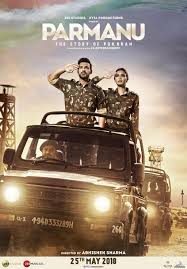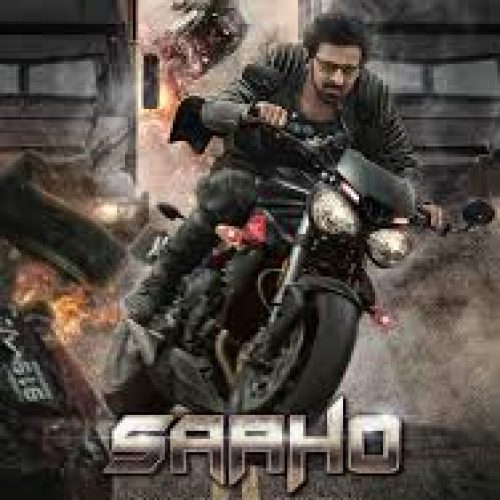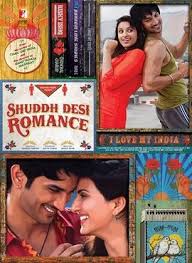A historical thriller with intense political stakes and a race against time, this film immerses the viewer into one of India’s most significant but lesser-known historical events. Starring John as the determined officer Ashwat, the story is set in 1998 during the lead-up to India’s first successful nuclear tests in Pokhran, Rajasthan. Blending history, patriotism, and espionage, the film is a gripping account of national pride and resilience. Falling into the genre of a drama-thriller, the narrative is built around real-life incidents, highlighting a crucial moment in India’s quest to become a nuclear power.
The plot centers on Ashwat, a principled civil servant who devises a covert plan for India’s nuclear tests, aimed at establishing the country’s status as a nuclear state while avoiding detection by global intelligence agencies, particularly the CIA. Ashwat, along with a small team of scientists and military personnel, has to work under extreme secrecy to ensure the success of the mission. With international pressures, bureaucratic red tape, and political tensions looming, the narrative builds toward a thrilling race against time as the team faces multiple hurdles and setbacks. The movie meticulously captures the tension of a high-stakes operation where one wrong move could lead to global ramifications.
John’s portrayal of Ashwat is one of the standout elements of the film. Known for his ability to play intense, stoic characters, John fits the role of a patriotic officer with a deep sense of responsibility. His performance is restrained yet powerful, successfully conveying the weight of the mission he’s tasked with. Unlike many of his earlier action-oriented roles, this character allows him to showcase a more intellectual and emotional range. The supporting cast, including Boman as the Prime Minister’s principal secretary and Diana as a key member of the testing team, also delivers solid performances. Diana, in particular, brings subtle strength to her role, portraying a professional driven by purpose without overshadowing John’s lead.
Direction plays a critical role in maintaining the film’s momentum. Abhishek, at the helm, manages to balance the technical intricacies of the subject matter with enough human drama to keep the audience engaged. The scientific jargon and political maneuvering are presented in a way that is both accessible and compelling, without sacrificing authenticity. Abhishek’s pacing is tight, particularly in the film’s second half, where the tension escalates rapidly, keeping viewers on the edge of their seats. The editing is sharp, with no unnecessary digressions or subplots, which ensures that the narrative remains focused on the mission at hand.
Another strong point is the cinematography. The vast, barren landscapes of Pokhran, where much of the film is set, are captured with sweeping aerial shots that emphasize the isolation and secrecy of the mission. The contrast between the bustling political centers and the remote desert testing site is effectively portrayed, creating a visual metaphor for the distance between political decision-making and ground-level execution. Cinematographer Zubin ensures that even in moments of tension, the film remains visually appealing, with smooth transitions between indoor strategy meetings and outdoor action sequences.
The special effects are used sparingly but effectively. Given that the film revolves around nuclear tests, the explosion sequences are crucial, and the build-up to the climactic test is handled with precision. The effects are realistic and avoid unnecessary dramatization, which enhances the authenticity of the film. The scenes leading up to and including the nuclear tests are shot with a combination of practical effects and CGI, and they are executed well enough to avoid looking artificial or exaggerated. The restraint in using special effects allows the story to remain grounded in reality, which is essential for a film based on historical events.
The music, composed by Sachin-Jigar, complements the narrative without overpowering it. The score is subtle, often underscoring moments of tension with quiet intensity rather than loud crescendos. The background score, especially during the more suspenseful scenes, enhances the mood without distracting from the plot. The patriotic theme is woven into the music, but it never feels forced or manipulative. Songs like “Shubh Din” and “Thare Vaaste” are uplifting, adding to the film’s tone of quiet nationalism, and are used sparingly, ensuring that they don’t detract from the film’s serious tone.
Another noteworthy aspect is the costume design and attention to detail in recreating the late 1990s era. The costumes, particularly the military uniforms and the traditional wear seen on the local population, are accurate and help set the film firmly in its historical context. The set design, especially in recreating government offices and the desert test site, adds to the authenticity, allowing viewers to fully immerse themselves in the time period.
On the whole, the film is a well-crafted patriotic drama that successfully captures a pivotal moment in India’s history. It manages to entertain while educating, keeping the audience engaged without resorting to melodrama. For fans of political thrillers and historical dramas, the film offers a perfect balance of suspense, drama, and national pride. While some parts of the narrative may seem predictable, especially for those familiar with the historical events, the film’s execution is strong enough to maintain interest throughout. The meticulous attention to detail, combined with powerful performances and strong direction, makes it a compelling watch. Highly recommended for those interested in history, politics, and the complex interplay between science and patriotism.







